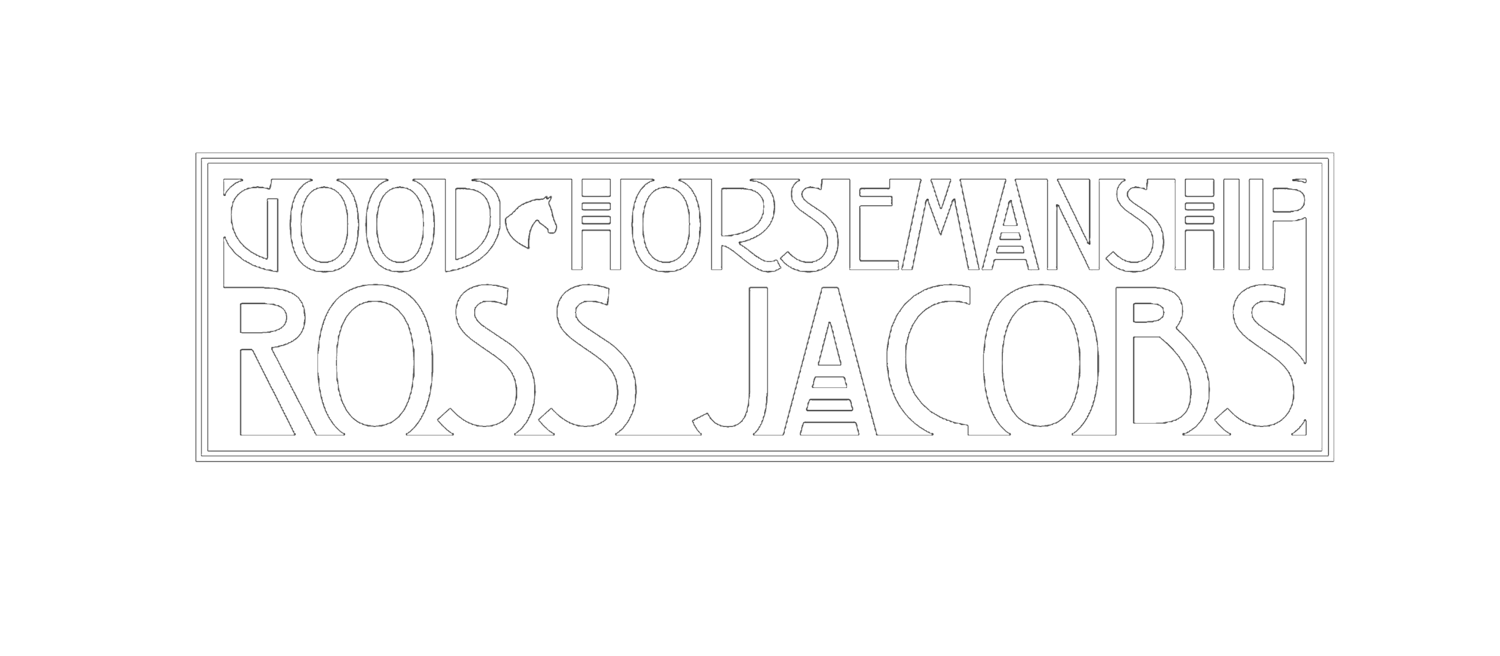What is horse training?
Wikipedia states, “Horse training refers to a variety of practices that teach horses to perform certain behaviors when asked to do so by humans.”
This definition is too mechanical in my opinion. It fails to take into account that horses are emotional animals, not machines and that emotions largely influence behaviour and responses to human pressure.
In a post on Tom Moates’ Facebook page, he quoted two different definitions of horse training.
The first is from an unknown source (well unknown to me at least), “Training horses is discovering the most advantageous leverage counteracting the horse's favorite evasion.”
I find this a depressing view of horse training because it implies that a horse's needs don’t matter when it comes to training. It suggests the focus of training should be to counteract a horse’s evasion (a symptom of trouble) rather than trying to understand and address the cause.
The second definition comes from Harry Whitney, “Training horses is discovering a communication appropriate for each individual horse whereby we can most agreeably influence their thought to believe that they are desirous to do the very things we know we want to do.”
Harry’s definition is a bit too convoluted for me, so I’ll add my own version, which is much closer to Harry than the other definitions. “Training is the ability to change a horse’s thoughts to match the trainer’s intent.”
I bring this up because I was a little puzzled by a trainer who I felt left the message that as long as we don’t try to change a horse’s thought, the training is working well. The trainer talked about the horse being relaxed when they just sat quietly in the saddle going along with wherever the horse wanted to go, without obstruction. However, the horse experienced tension when a rider picked up a feel on the reins to slow the horse down. The trainer left the audience with the take-home message that interference from a rider is a factor in creating trouble in a horse and it was good training practice to go ‘with the horse’, and less so to interfere with it.
I may have gotten the wrong message and misinterpreted the intent of the trainer, but it is certainly what was said and what I felt was being said. If the trainer’s intent was different, the message was unclear.
I think I get the point that when a rider gets in the way of a horse it can cause anxiety and when it goes with the horse there is less cause for a horse to become bothered.
Let me say that going with a horse has its pros when the horse is searching for an understanding, for example of how to carry a rider. There is no doubt that it has its uses in early training to give a horse confidence. However, after a short period of training where the horse develops confidence about having a human onboard, it rarely has many benefits. Occasionally, yes but not often.
Remember, training is the ability to change a horse’s thoughts to match the trainer’s intent.
If a person is going with a horse, without asking anything of it, a rider is doing nothing to change the horse’s thought. The comfort a horse gets from this experience is derived from not being asked to change its thoughts. Every idea the horse has the rider goes with it in direction, speed, and gait. Therefore, why would a horse not feel okay with that? I mean if I was allowed to do everything I wanted I would feel pretty okay about that too!
But that’s not training.
Training is the ability to ask something of a horse, get a change of thought and the horse feel emotionally okay about it. If a rider can’t get a change of thought or can’t have a horse feel okay, then there is more work to be done. The training is incomplete.
So while the person in question seemed to have an epiphany with the idea that if they stayed out their horse’s way and went along with the horse’s ideas the horse felt comfortable, it seems kind of pointless to me because it isn’t training – it’s just hanging out. When a person figures out how to ask something of their horse so they both have the same plan and it causes their horse a minimum of concern, then I will stand up and applaud and cheer.
Michèle (my wife) is riding her mare Birch and teaching a young Clydesdale filly to change her thought and go with the feel.

